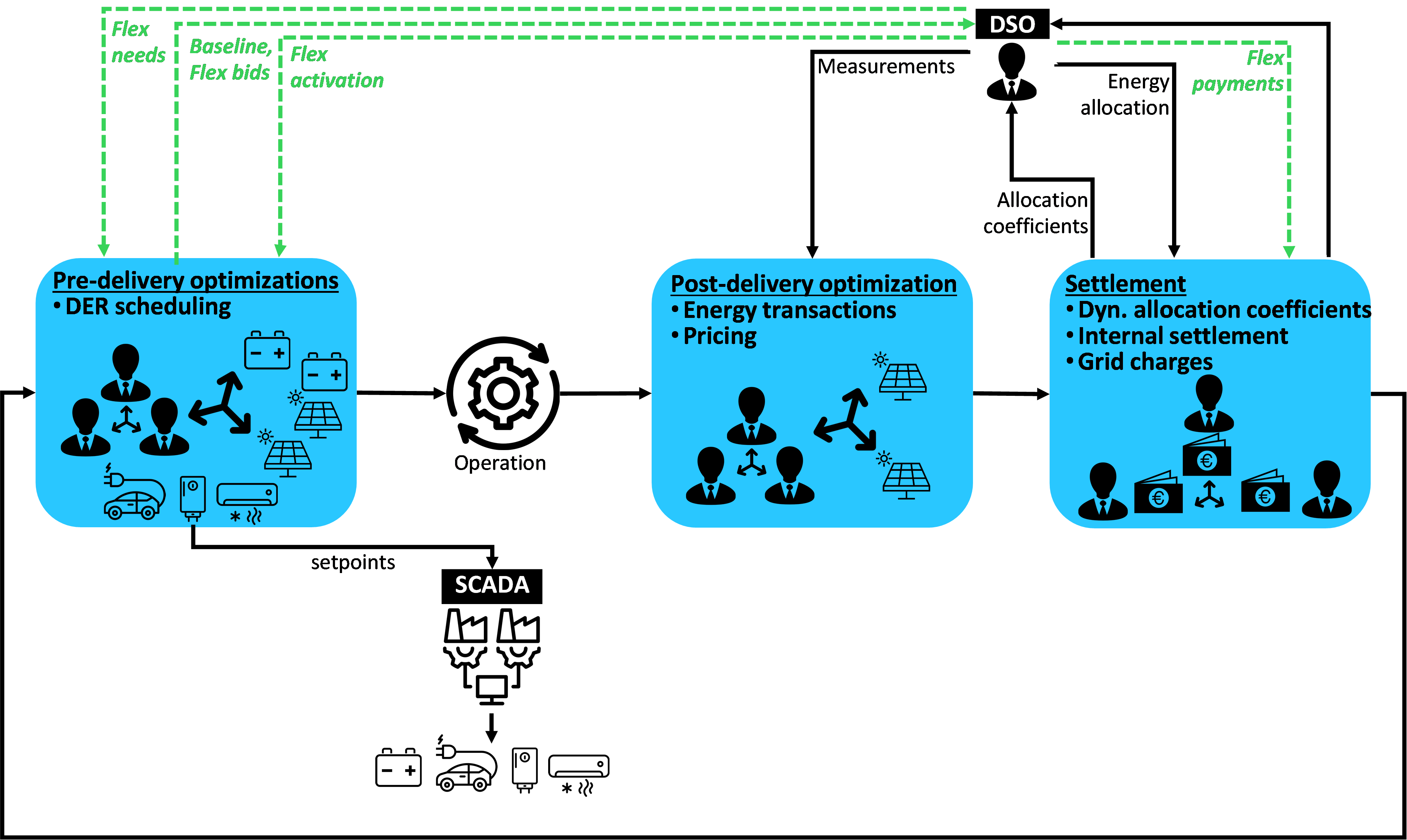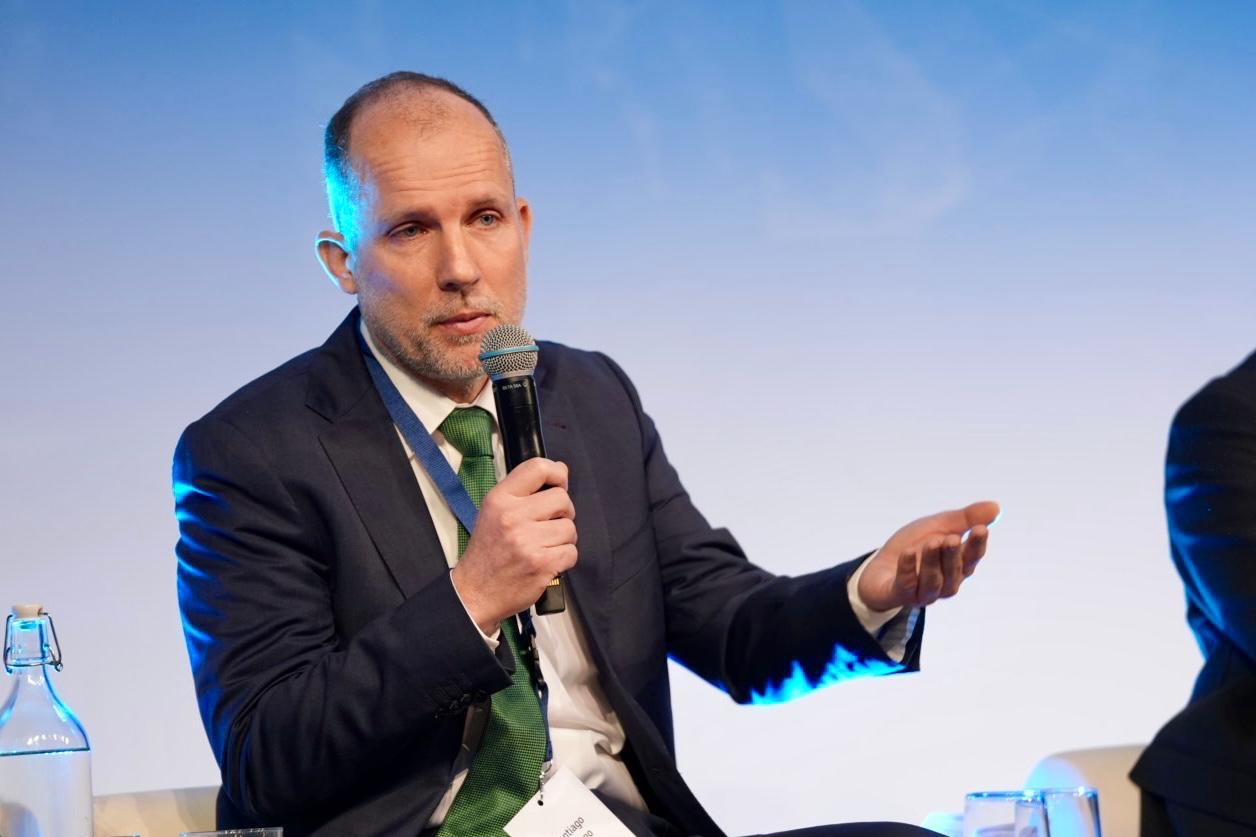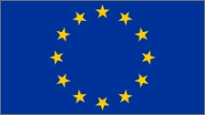Understanding what drives enrolment in flexibility programs: key value propositions
Insights from the BeFlexible interviews with aggregators and flexibility service providers
The transition to sustainable electrical systems relies on the active participation of aggregators and flexibility service providers (FSPs). These actors play a vital role in integrating distributed energy resources (DERs) into energy markets by offering innovative solutions to manage demand and enhance grid flexibility.
As part of the BeFlexible project, a detailed study was conducted involving 10 interviews with aggregators and FSPs. The aim was to uncover the motives and value propositions that drive customers—residential, commercial, and industrial—to participate in flexibility programs. This article highlights the key findings from these interviews and explores how value propositions can align with consumer expectations to foster greater engagement.
Validation of value propositions from the interviews
Five higher-order gains were previously identified as value propositions for flexibility programs. These propositions reflect the tangible and intangible benefits that align with customer needs and expectations. The results demonstrate that monetary gains and optimization are the most significant drivers, while access to infrastructure, learning, and sharing flexibility represent propositions with emerging potential. These findings provide a solid foundation for testing and refining the proposed value propositions.

-
Monetary gains (Sell flexibility):
This was the most validated value proposition during the interviews. It is considered the primary driver for engagement, notably among industrial consumers, as participants emphasize its importance in providing direct economic benefits. The interviews show two approaches to the provision of monetary gains: pre-established payments (usually differentiating between payment per capacity and payment per activation) and post-established payments (the payments given by the DSO are shared with customers). However, it is generally noted that this proposition should be accompanied by additional value propositions to build a more robust and sustainable business model.
-
Optimize: Make the most of, avoid waste:
As the second most mentioned value proposition, optimization highlights the importance of resource efficiency and minimizing waste. In some cases, participants even identified energy savings as the most critical proposition. Often, it complements monetary gains, enhancing the perceived value by combining economic savings with operational efficiency.
-
Access to better infrastructure:
This value proposition is viewed as an indirect economic benefit, typically executed in the form of discounts on new equipment. Participants see improved infrastructure as a key enabler for optimizing energy use and enhancing their overall experience, providing long-term value beyond immediate monetary gains.
-
Learn, discover, and improve:
This value proposition was mentioned less frequently during the interviews but holds potential for future development. Two distinct aspects of this proposition emerged from the analysis. First, learning is often used as an engagement strategy. This involves educating consumers to empower them with the knowledge needed to make informed decisions about their energy use. While empowering consumers is a means to ensure engagement, it is not necessarily perceived as a standalone value proposition but rather as a supportive mechanism that facilitates deeper involvement in flexibility programs.
Second, some participants highlighted the added value of providing tools, such as apps or AI-enabled systems, that go beyond the primary purpose of flexibility provision. These tools allow consumers to use the technology for other purposes, thereby augmenting the perceived value of the program. For instance, a flexibility app that also helps consumers monitor their broader energy consumption or manage household appliances adds an additional layer of utility, increasing its appeal.
By differentiating these two aspects—education as an engagement enabler and the broader utility of provided tools—this value proposition can be further refined to align more closely with consumer expectations and needs.
-
Sharing flexibility:
This proposition was rarely mentioned during the interviews and was seen more as a future opportunity rather than an immediate offering. It is considered a potential value-add that could foster community engagement and collaboration in the long term.
Summary
Value proposition |
Order |
Explanation |
| Monetary gains (sell flexibility) | 1 | This is the primary motive overall, making it the most validated value proposition. However, it is noted that it must be paired with another value proposition to form the foundation of the business model. |
| Optimize: make the most of, avoid waste) | 2 | This is generally the second most mentioned value proposition and was, on one occasion, highlighted as the most important. It often complements monetary gains, adding further value. |
| Access to better infrastructure | 3 | Considered important as it is perveived as an indirect economic benefit. |
| Learn, discover and improve | 4 | While mentioned less frequently, it is seen as having potential according to all respondents, although it is not currently being offered. |
| Sharing flexibility | 5 | This value proposition was barely mentioned, only as a potential option for the future. It is not currently being considered part of the value offering. |
Key insights
Different companies approach flexibility programs and engage clients through tailored value propositions and motivational drivers.
- Economic drivers often rank as the most influential motive for enrolling in flexibility programs, particularly for residential clients seeking cost savings.
- Environmental motives are critical for clients focused on sustainability and aligning with CO2 emissions reduction goals.
- Caring and Identity/Learning motives, while less prominent, play supporting roles by enhancing user engagement and fostering loyalty.
The analysis of the BeFlexible interviews suggests that the most successful business models combine clear value propositions with strategies tailored to the needs of target customers. Economic incentives are key motivators, especially in industrial contexts. However, regulatory barriers and limited market awareness constrain growth in certain segments. It is essential to foster public-private collaborations to overcome regulatory challenges and increase customer engagement through educational campaigns and incentive programs.
Recommendations
- Customize Value Propositions: Adapt incentives and services to the specific needs of each segment.
- Enhance Market Education: Implement strategies to raise awareness about the benefits of flexibility.
- Simplify Regulatory Barriers: Work with policymakers to create more accessible regulatory frameworks.
- Expand Collaborations: Promote alliances with local and regional actors to facilitate the integration of innovative solutions.
Moving forward
By developing tailored solutions for different customer segments and addressing their specific needs, flexibility programs can reach wider audiences. Additionally, public-private collaborations will play a crucial role in overcoming regulatory barriers and raising awareness about the benefits of flexibility.
Stay tuned for future updates, including a forthcoming academic paper that will present a detailed analysis of these findings.
For more information on the BeFlexible project, visit www.beflexible.eu.
Contributors
- Valeria Karina Moreno (Universidad Pontificia Comillas)
- Carmen Valor (Universidad Pontificia Comillas)
- Eliana Carolina Ormeño Mejía (Universidad Pontificia Comillas)
- Ignacio Gil (INESC TEC)








